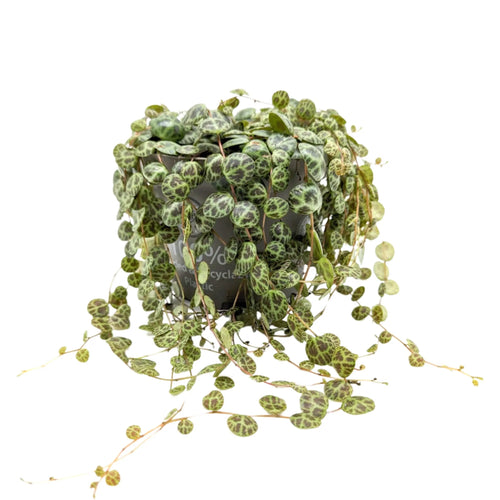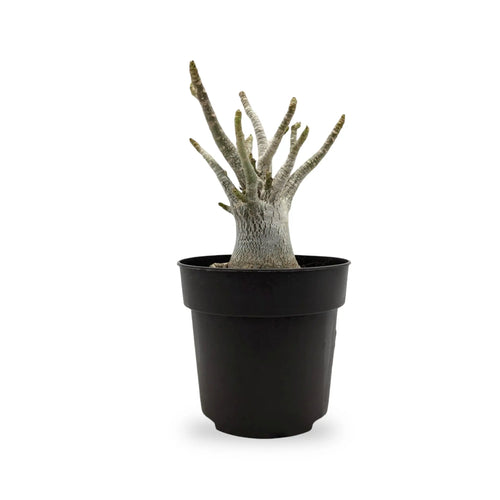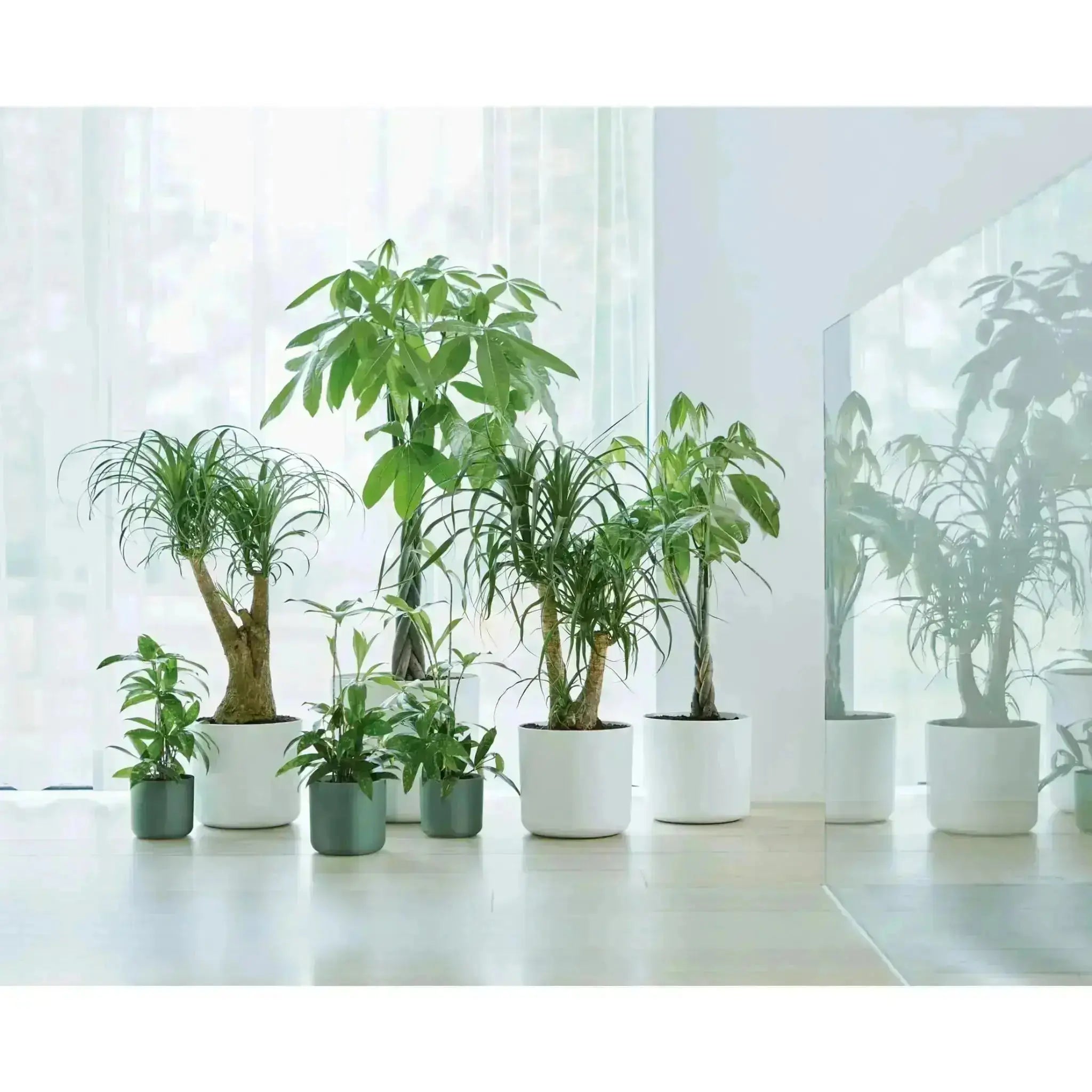If you’ve ever dreamed of plucking fresh herbs right from your windowsill to season your dishes, growing your own indoor herbs is the perfect way to start. They’re not only easy to grow but also bring vibrant scents and greenery into your home. Whether you live in a cozy apartment or a large house, cultivating your own herbs is a rewarding hobby that adds freshness and flavour to your everyday cooking.

Understanding Herb Types
Before you begin, it helps to know the difference between the two main types of herbs — annuals and perennials. Annual herbs, such as basil and coriander, complete their life cycle within one growing season. They sprout, thrive, flower, and then die, all within a year. These herbs are best grown fresh each season. Perennial herbs like rosemary, thyme, and mint, on the other hand, keep coming back year after year with proper care. Once established, they become reliable staples in your indoor garden.
Choosing the Right Herbs
The secret to a thriving indoor herb garden is to start small and grow herbs you’ll actually use. It’s easy to get carried away with variety, but it’s better to begin with a few essentials. Basil, parsley, thyme, oregano, mint, and rosemary are excellent beginner-friendly choices. If you love cooking Italian or Mediterranean dishes, basil and oregano are must-haves. For teas and desserts, mint and lemon balm are delightful. Choose herbs that match your culinary preferences and available light conditions in your home.
Setting Up Your Indoor Herb Garden
Herbs thrive in bright spaces, so place them near a window where they can get at least six hours of sunlight each day. South-facing windows usually provide the best light. If natural light is limited, consider using grow lights to supplement it. Herbs prefer warm conditions and good air circulation, so avoid placing them near cold drafts or directly under heating vents.
When choosing containers, make sure they have drainage holes to prevent root rot. Terra-cotta pots are ideal as they allow air movement through the soil. Use a well-draining potting mix designed for herbs or indoor plants, avoiding heavy garden soil that retains too much moisture.
Planting Your Herbs
Start by gently loosening the herb’s root ball before planting it in the container. Fill the pot halfway with potting mix, position your herb at the same depth it was growing in its original pot, then backfill with soil. Press lightly to remove air pockets and water thoroughly to help the roots settle in.
If you’re starting from seeds, plant them according to the depth recommended on the seed packet. Keep the soil evenly moist and cover the container loosely with plastic wrap until the seeds germinate. Once seedlings appear, remove the cover and move them to a sunny spot.
Caring for Your Indoor Herbs
Water your herbs regularly but avoid overwatering. Most herbs prefer slightly moist soil, not soggy. The best way to check is to feel the top inch of the soil — if it’s dry, it’s time to water. Always pour water at the base rather than over the leaves.
Feed your indoor plants every few weeks with a mild, organic liquid fertilizer to support steady growth. Pruning is another essential part of care — regularly pinch off the top leaves to encourage fuller, bushier growth and prevent the plant from becoming leggy.
Rotate your pots occasionally so that all sides receive even sunlight. This helps the plants grow straight and healthy rather than leaning toward the light.

Growing Herbs in Pots or Containers
Container gardening makes it easy to grow herbs indoors, especially when space is limited. Choose a decorative pot or a small trough for your kitchen counter or windowsill. Combine herbs with similar watering and light needs in the same container for convenience. For example, rosemary, thyme, and oregano prefer drier soil, while parsley, basil, and mint enjoy more moisture.
You can also hang small pots in a bright kitchen window to create a living display. Make sure water drains freely to prevent root damage.
Harvesting Your Herbs
Regular harvesting keeps your herbs healthy and encourages new growth. The best time to harvest is in the morning, just after the dew dries but before the heat of the day. Use sharp scissors or your fingers to snip leaves or stems, but never remove more than one-third of the plant at a time.
For bushy herbs like basil and mint, pinch off the top leaves to prevent flowering and promote branching. For woody herbs like rosemary or thyme, trim young, tender stems rather than older woody ones.
Preserving Your Harvest
Fresh herbs taste best, but preserving them ensures you always have flavor at hand. There are several easy methods:
Drying: Tie small bunches of herbs and hang them upside down in a warm, dry place away from direct sunlight. Once fully dry, crumble the leaves and store them in airtight jars.
Freezing: Lay herb leaves on a baking tray and freeze them individually. Once frozen, store them in small bags or containers. You can also freeze chopped herbs in ice cube trays with olive oil or water for easy use in cooking.
Infusing: Turn herbs into delicious sauces, oils, or pestos to enjoy long after the growing season ends.
Common Mistakes to Avoid
Avoid overwatering — this is the number one cause of indoor herb failure. Also, resist the urge to fertilize too heavily; herbs don’t need excessive nutrients. Make sure your herbs have proper drainage and sunlight, and always trim regularly to prevent them from becoming tall and weak.
Enjoying the Benefits
Beyond their culinary uses, indoor herbs improve your home environment. They purify the air, add fragrance, and create a calming, green aesthetic that can boost your mood. Having herbs nearby also encourages healthier eating — you’re more likely to add fresh, aromatic ingredients to your meals when they’re just a snip away.
Final Thoughts
Growing your own indoor herbs is simple, sustainable plants, and satisfying. From planting seeds to harvesting fragrant leaves, the process connects you with nature and enhances your daily life. With just a little sunlight, care, and attention, your home can become a thriving miniature garden full of life, flavor, and beauty. Whether you’re a beginner or a seasoned gardener, this small green adventure will bring freshness to both your kitchen and your spirit.








